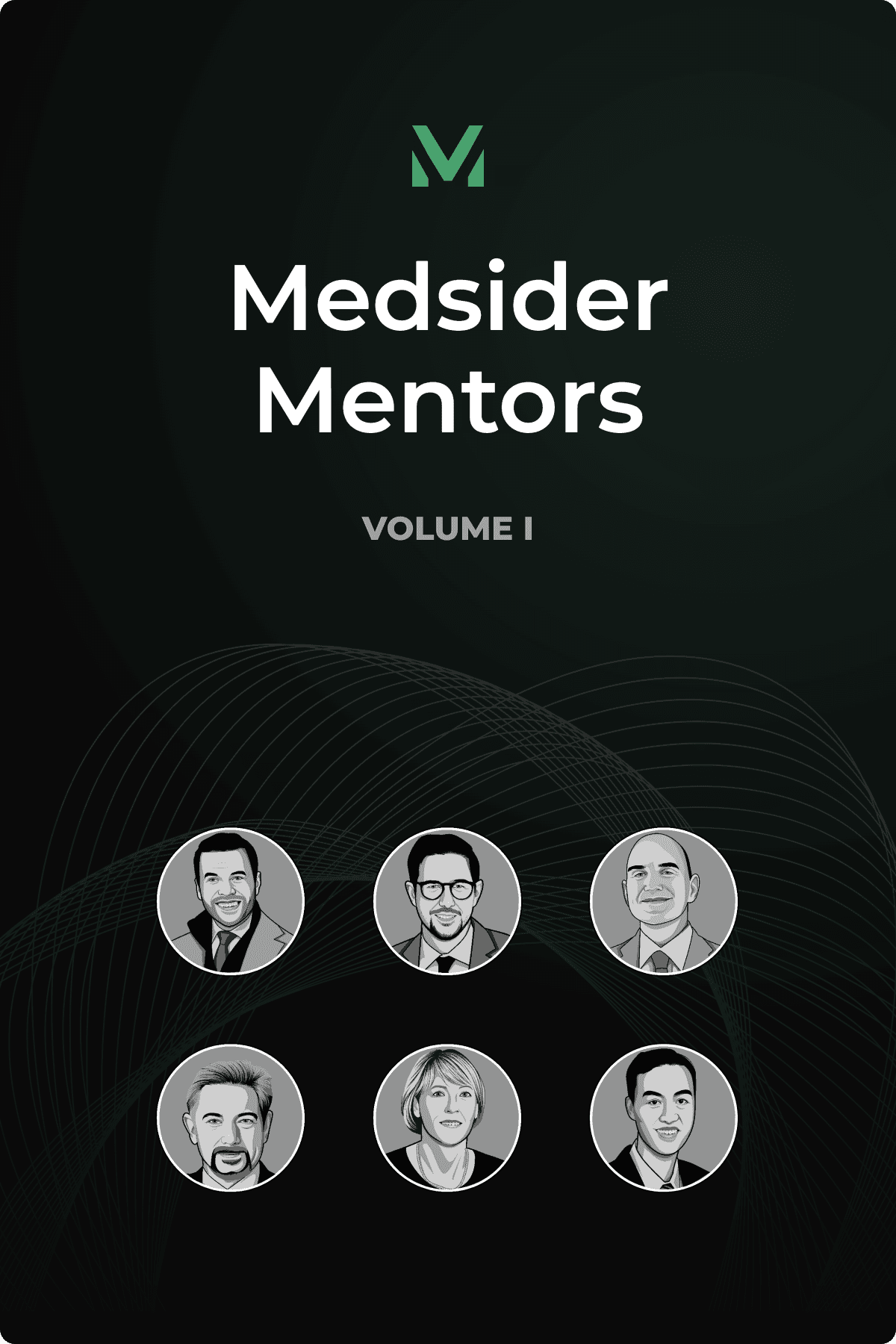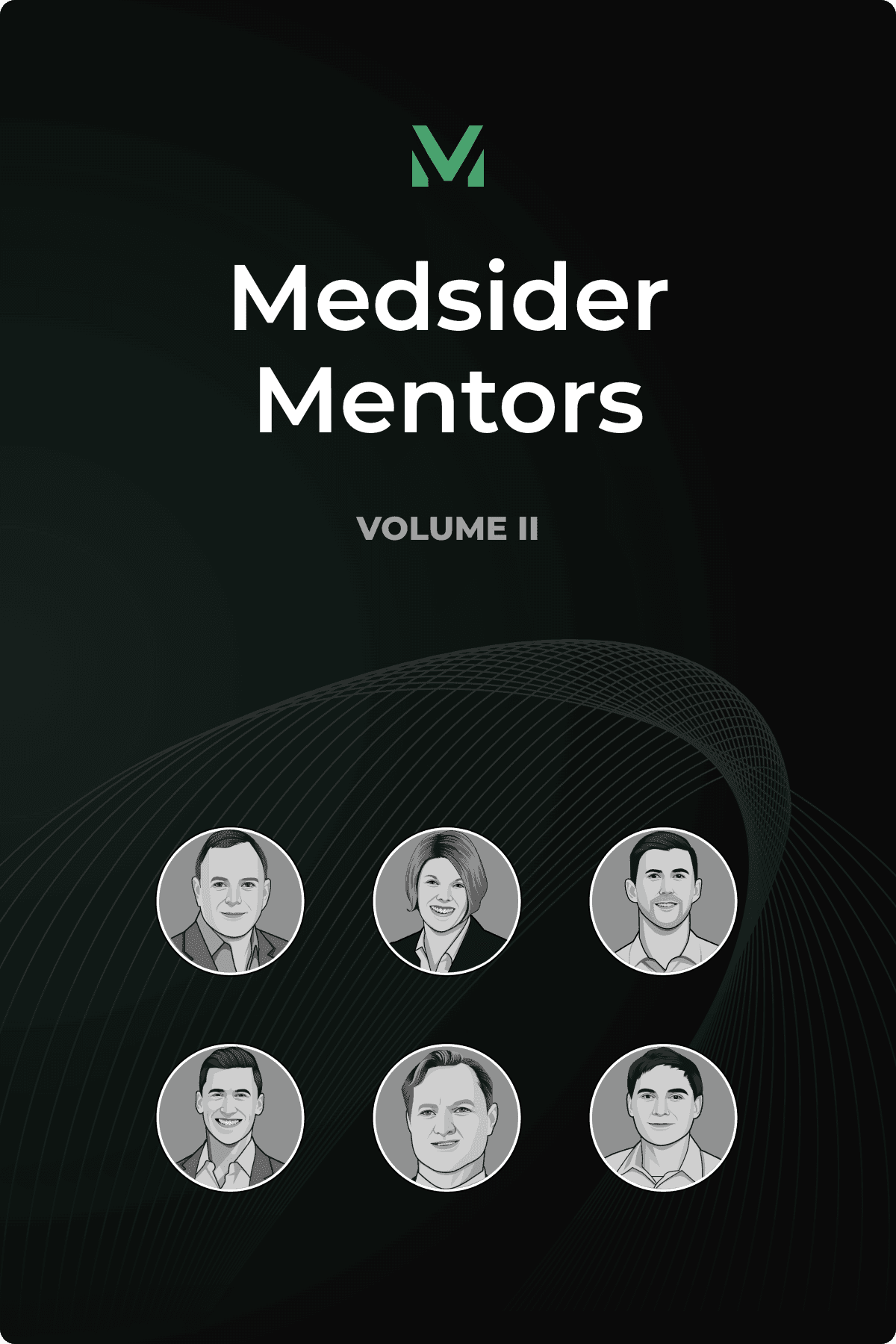Evolving Your Capital Strategy as You Grow
Interview with Efemoral Medical CEO Christopher Haig

Key Learnings From Chris' Experience
Match technology to a problem the market can’t yet solve — and protect it early. Efemoral redirected bioresorbable scaffold technology from the coronary space to peripheral arterial disease, where outcomes were inconsistent and physicians were open to new solutions. By proving feasibility, refining the design, and building a strong global patent portfolio, the company created both clinical relevance and a defensible market position.
In clinical trials, prioritize patient follow-up, not just enrollment speed. Efemoral chose Australia and New Zealand over traditional European pathways not only for regulatory fit, but also because patient compliance in these regions ensures the long-term data their device requires — a factor just as critical as enrollment timelines.
Treat each funding stage as preparation for the next. Angel capital can launch a company, but reaching later fundraising rounds — and attracting institutional investors — requires disciplined governance, clear milestones, and organized data. Use the early stage to build credibility and generate proof points so that when larger capital is needed, you’re already operating at the standard institutional investors expect.
Perhaps the most valuable thing you can do as a medtech entrepreneur is see things that aren't there yet — and convince everyone else to see them too.
"That's a characteristic of very successful entrepreneurs — being able to get people rallying around a vision of the future that doesn't exist yet," says Christopher Haig, co-founder and CEO of Efemoral Medical.
Chris likens it to Steve Jobs’s “reality distortion field,” that magnetic conviction that can make bold ideas feel inevitable. Over nearly three decades in interventional cardiology — from his early days at ACS/Guidant through commercial leadership roles at Abbott Vascular — this mindset proved essential.
In 2017, former Abbott colleague Dr. Lewis Schwartz approached Chris with bioresorbable scaffold technology that had been applied in coronary use.
While the technology was effective, it didn’t achieve commercial success because there were already several effective treatment options, including drug-eluting stents, which had success rates of 90–95% in coronary arteries. In peripheral applications, however, physicians lacked viable long-term options that avoided the need for permanent implants.
“If you have the same disease in your leg, the outcomes from stenting or ballooning are just not very good,” Chris explains. “The need for reintervention with peripheral disease is much higher.”
Today, Efemoral’s multi-segment bioresorbable scaffold system has been implanted in 36 patients across Australia and New Zealand, with zero complications and no reinterventions at six months.
You May Like These Articles
Medsider Premium
Become a premium member and unlock access to exclusive Medsider benefits.



